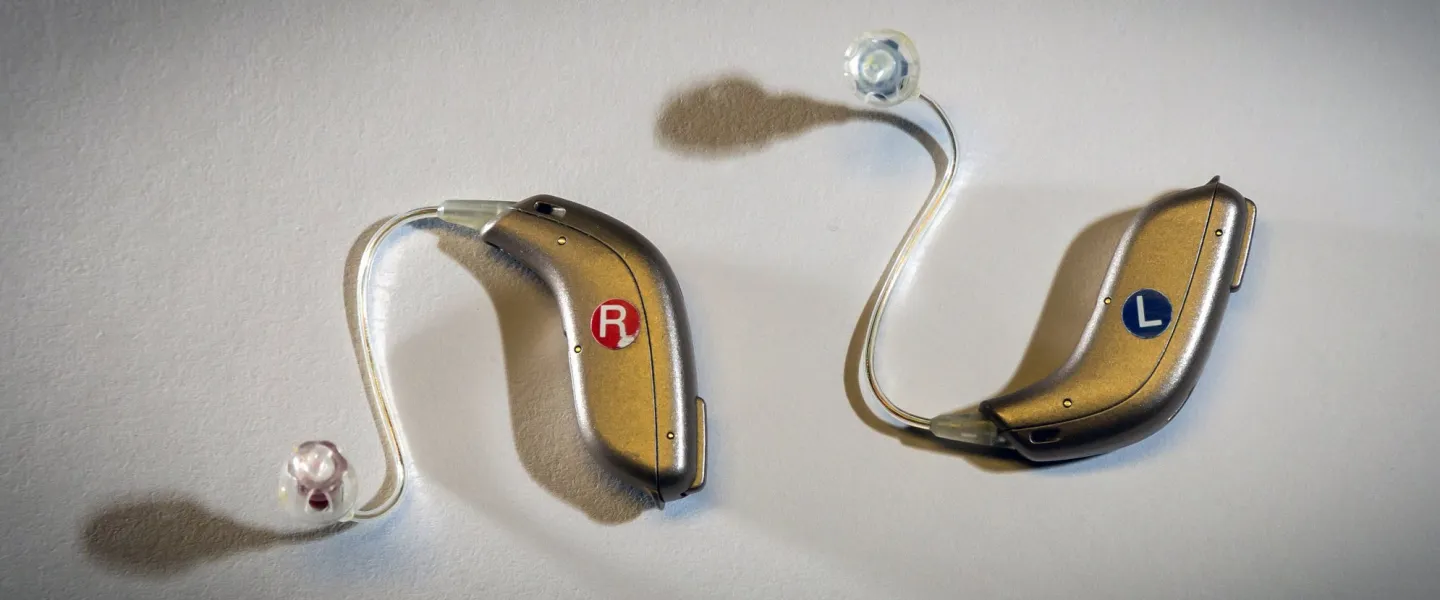
The European research project Sound of Vision is a finalist at the Innovation Radar Prize 2018, to be awarded in Vienna this December.
The project Sound of Vision has been ongoing for three years and was awarded close to €4 million from Horizon 2020; the biggest EU Research and Innovation programme in 2015. The aim is to facilitate blind and visually impaired people to sense their environment. The project manager is Rúnar Unnþórsson, professor at the University of Iceland's Faculty of Industrial Engineering, Mechanical Engineering and Computer Science. His collaborators are Árni Kristjánsson, professor at the Faculty of Psychology, a group of post-doctoral fellows, doctoral students, and research scientists within the University, Icelandic National Institute For The Blind, Visually Impaired and Deafblind (NIB), as well as engineers from universities and institutes in four other European countries, Romania (University Politehnica of Bucharest), Italy, Poland, and Hungary.
Thousands of projects, that have received financial support from Horizon 2020; the biggest EU Research and Innovation programme, were considered for the competition of which the evaluation committee nominated 50 finalists in five categories.
Sound of Vision is one of 10 project chosen in the category "Tech for Society 2018". This prize category aims to recognise new technologies impacting society and citizens, developed in EU-funded research and innovation projects. The general public could then vote for the best projects in each category via electronic voting on the European Commission's website until 12 November. Sound of Vision landed in third place in its category out of the four finalists in each category. It is thus clear that Sound of Vision will be among the 20 finalists that get to present their project before a jury composed of a panel of investors and entrepreneurs in Vienna in December. Their task is to award the Innovation Radar prize for the most impressive pitch in each of the 5 categories and the winner of the 2018 Innovation Radar "Grand Prix" Prize.
The equipment that has been developed includes a sensory belt that is placed around the user's waist perceiving information from the environment and the user receives this information via audio models inspired by natural phenomena like liquid sounds and image-like haptic projections. The belt is, furthermore, useful to those who are temporarily deprived of their usual senses. This may apply to employees in various situations such as smoke diving or surveillance in great noise. This equipment has been developed in close collaboration with blind and visually impaired people in Iceland, and the plan is to launch a start-up company based on this idea next year in order to get the device into general use.
It is possible to see how the equipment works in a video produced by the research team.